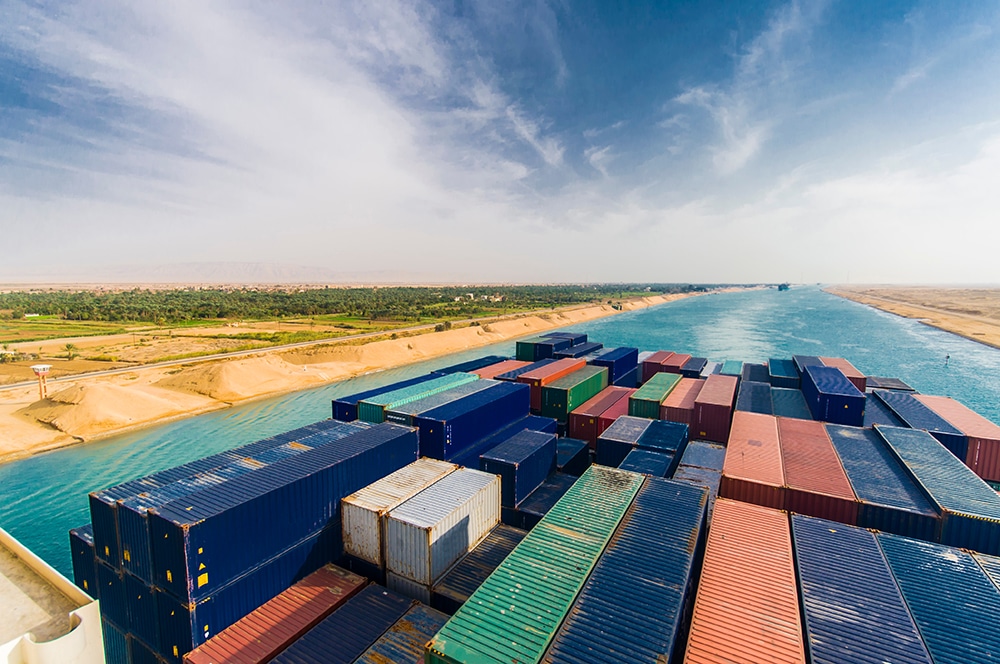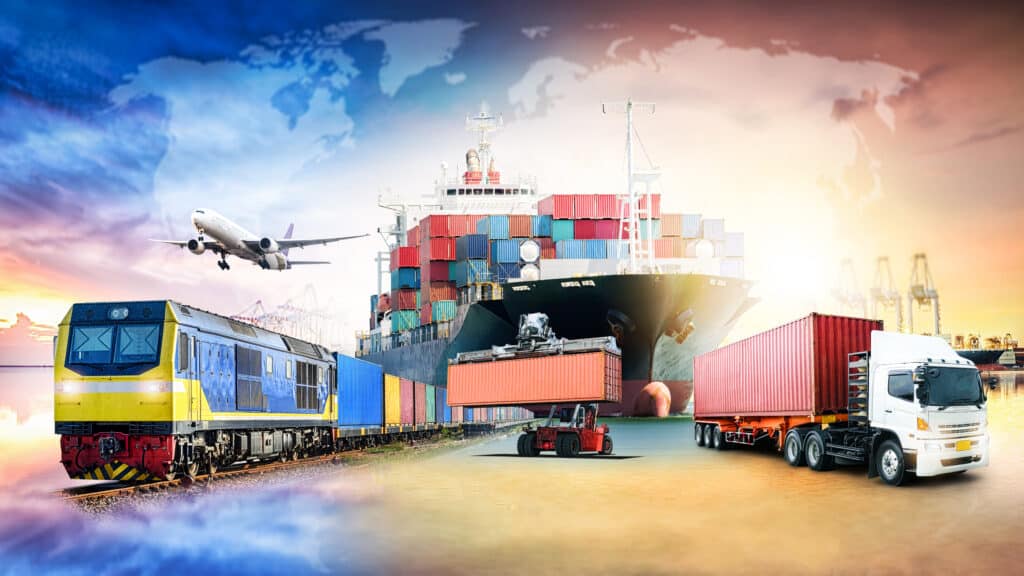Falling exchange prices and rising LME inventories this year indicate that primary aluminum is currently in ample supply. So far, aluminum prices have slightly increased since the beginning of the month as inventory levels have steadily declined. However, while the metal leaving the exchange has been Indian, a good, deliverable brand, the metal arriving has been Russian, which faces sanctions in much of the West. Nevertheless, as my colleague Nichole Bastin reported just last week, rising Chinese primary aluminum production—up 5% this year—and weak demand in Europe suggest that the primary market isn’t exactly tight.
So, why do physical delivery premiums continue to rise?
Factors Affecting Aluminum Prices
The likely causes behind surging aluminum prices are twofold. The first being that China export tax traps its primary aluminum domestically, making it uneconomical for mills to export raw metal, the developments of which are covered weekly in MetalMiner’s newsletter. As a result, much of China’s high export volumes consist of semi-finished downstream products. The metal consumed in regions like Europe and Japan—both of which saw firming physical delivery premiums—comes partly from local, regional smelters and imports from sources like India, the Middle East and Australia.

Regional smelters in Europe remain severely constrained by high power costs, leading many mills to shut down temporarily (read permanently). Meanwhile, importers still face high freight costs and the impact of port congestion due to ongoing disruptions to sailing schedules and routes caused by Suez Canal traffic issues.
How Global Strikes and Congestion Could Drive Aluminum Prices Even Higher
Container vessels remain fully booked through this month, and space is tight for next month, with forwarders recommending that clients book space a month or more in advance. Moreover, strikes in some German ports are adding to delays in Europe, and the threat of union action on the U.S. East Coast will likely exacerbate the problem during the rest of the year, even if the strikes only last a couple of weeks.

Spot freight rates have risen significantly since early May, and contract renewals have also seen rates increase for volume shippers. Meanwhile, one agent reported that the Asia-Europe route faces blank sailings due to insufficient capacity caused by the aforementioned congestion. This is despite the addition of 1.67 million TEUs of new-build ships this year. It’s worth noting that the Shanghai Container Freight Index (SCFI) remains high, supporting shippers’ complaints about high rates.
So, while rising physical delivery premiums often signal strong demand, the current market might reflect suppliers’ cost constraints just as much. If logistics problems persist into the latter part of the year, hopes for softening physical delivery premiums could be premature.
Cut aluminum expenses without compromising quality using the Monthly Metals Outlook report. Start with a free sample report snippet and subscribe for ongoing savings.



